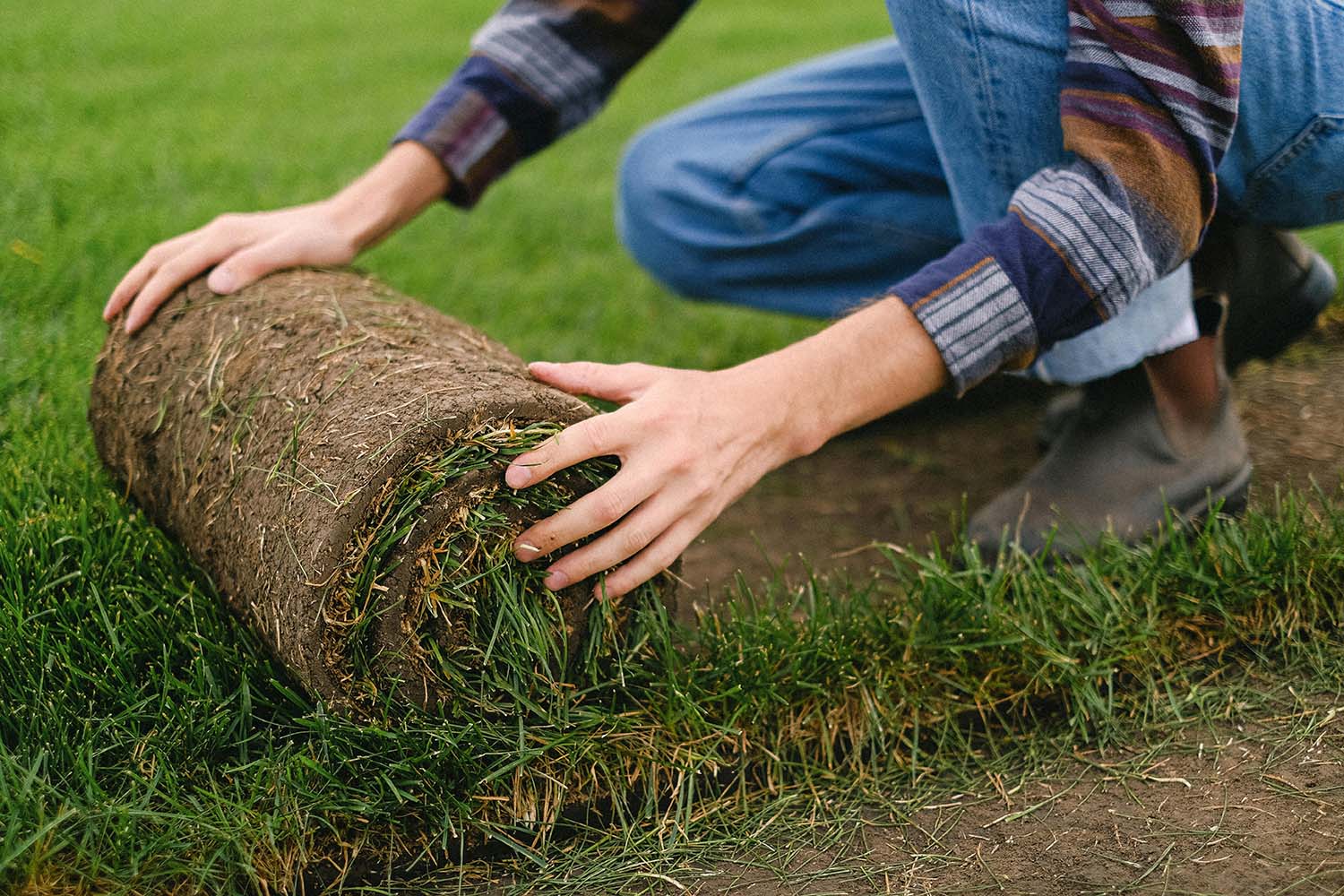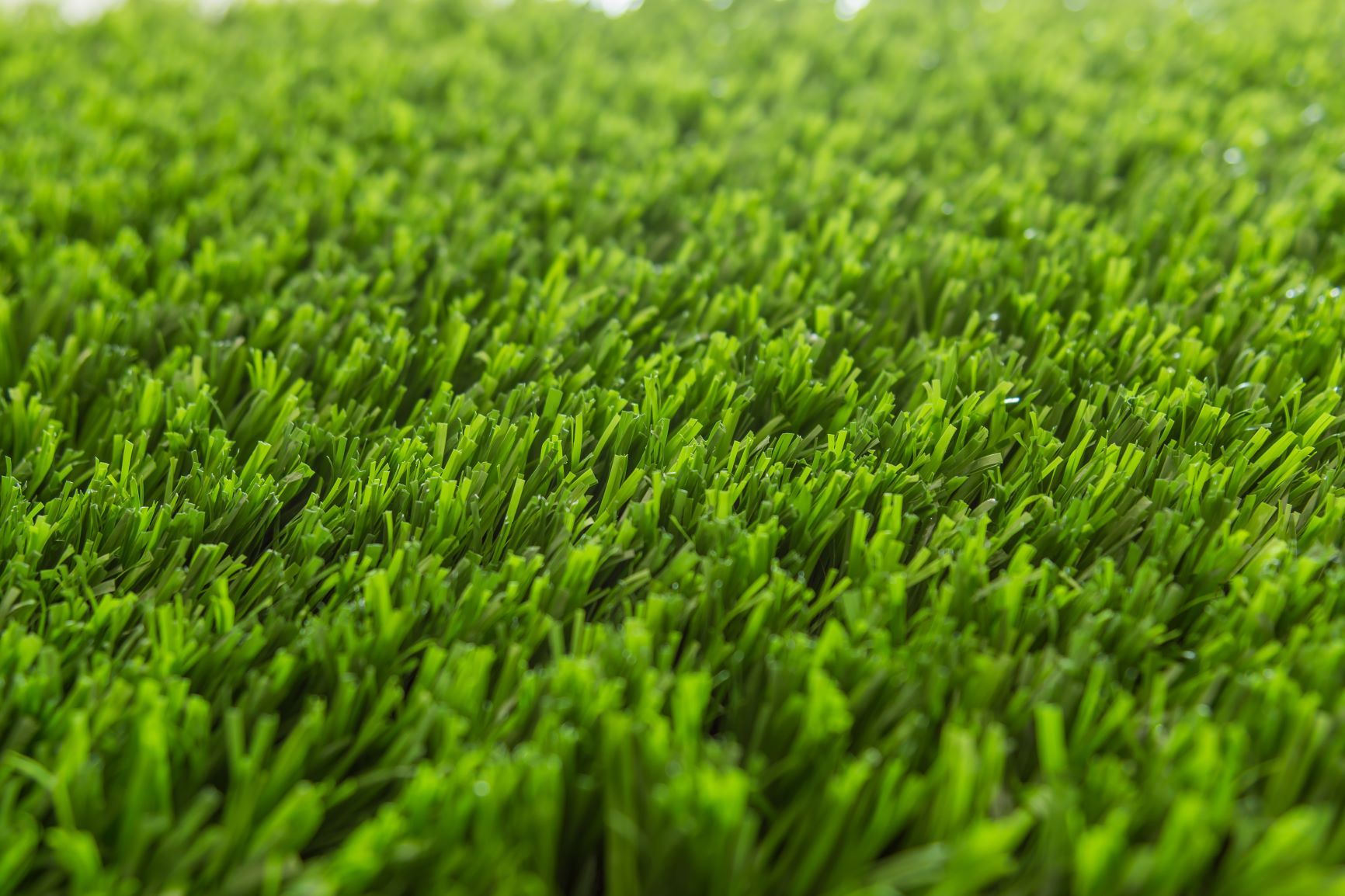Explore the Environmental Perks of Opting for Synthetic Grass Solutions
The adoption of man-made grass remedies provides an engaging chance to attend to pressing ecological obstacles. By significantly reducing water use and minimizing the application of dangerous chemicals, these options not just promote lasting landscape design yet additionally protect neighborhood ecological communities.
Water Preservation Benefits
Among the most substantial advantages of man-made lawn is its ability to preserve water. Traditional lawn yards require considerable irrigation, especially in locations susceptible to dry spell or water constraints. On the other hand, artificial turf does not require watering, dramatically lowering the general need for water resources. This attribute is especially advantageous in arid areas where water deficiency is a pressing problem.
By getting rid of the requirement for regular watering, man-made turf adds to lasting landscape practices and aids reduce the ecological influence of too much water consumption. The conservation of water prolongs to the reduction of drainage, which can lead to dirt erosion and waterway air pollution.
Furthermore, the installment of synthetic grass enables districts and home owners to assign water resources a lot more efficiently, focusing on vital uses such as alcohol consumption water and agriculture. The change in the direction of fabricated turf not just promotes responsible water usage yet also straightens with broader ecological goals targeted at maintaining natural deposits.
As areas progressively focus on sustainability, the water preservation benefits of synthetic grass provide an engaging instance for its adoption in property and industrial landscaping tasks.
Decreased Chemical Use
The transition to synthetic grass substantially decreases the reliance on chemical treatments frequently made use of in all-natural yard upkeep. Conventional turf monitoring normally entails the application of plant foods, herbicides, and chemicals to promote growth and control parasites. These chemicals can posture dangers to human health, local wild animals, and the environment, contributing to dirt and water contamination.
In comparison, synthetic turf gets rid of the requirement for these harmful substances. As soon as set up, it requires marginal upkeep, mostly including normal cleaning and infrequent infill replenishment. This decrease in chemical use not only benefits the prompt atmosphere however additionally contributes to broader eco-friendly security. By lessening the launch of artificial compounds into the ecosystem, synthetic turf promotes much healthier soil and water supply.
In addition, the lack of chemical drainage related to artificial grass installments assists shield neighborhood waterways from pollution, supporting water life and maintaining biodiversity. Turf installation phoenix az. As communities progressively prioritize sustainable practices, choosing artificial lawn provides a viable service that aligns with environmental preservation objectives. Through this change, homeowner can delight in lush green areas without endangering ecological health and wellness, leading the way for an extra lasting future
Lower Carbon Footprint

A significant decrease in carbon footprint is amongst the key environmental advantages of synthetic lawn. Unlike all-natural grass, which calls for regular mowing, watering, and fertilization, artificial lawn lessens the need for these methods, leading to lower greenhouse gas emissions.
Moreover, the setup of synthetic turf can result in substantial water preservation. All-natural lawns call for substantial quantities of water for irrigation, which not just includes in the carbon impact connected with water extraction and treatment however additionally try this stress local water sources. In contrast, synthetic grass requires minimal upkeep, requiring no watering, thus dramatically minimizing water use and its associated power costs.
Additionally, the durability of synthetic grass adds to its reduced carbon impact. With a lifespan of up to 15 years or even more, the demand for frequent substitutes is lessened, causing less waste and reduced power consumption in production and taking care of typical yard choices. Overall, synthetic grass presents a lasting option for ecologically aware landscaping.
Environment Conservation
Environment preservation is a crucial consideration in the argument over landscaping options, especially when contrasting artificial grass to natural grass. Natural lawn lawns usually call for substantial maintenance, consisting of using herbicides, fertilizers, and chemicals, which can detrimentally influence regional communities. These chemicals can seep right into the soil and rivers, hurting native flora and fauna and interrupting regional habitats.
On the other hand, artificial turf provides a possibility to decrease the environmental impact of landscaping. By going with artificial turf, house owners can lessen the disruption of natural habitats connected with typical lawn care techniques. Synthetic grass gets rid of the need for hazardous chemicals, consequently shielding nearby wild animals and preserving the integrity of surrounding ecosystems. The setup of fabricated lawn can lead to the conversion of former turf areas into more biodiverse my company landscapes, such as pollinator yards or native plant areas, which can support neighborhood wildlife.
Eventually, the transition to fabricated turf not only saves water and lowers upkeep efforts yet also cultivates an extra harmonious connection between human activities and the natural surroundings, advertising environment conservation while doing so.
Long-Term Sustainability
Long-term sustainability is a critical aspect in reviewing the benefits of fabricated lawn over typical grass yards. One of one of the most considerable benefits of synthetic grass is its resilience; it can last approximately 15-20 years with minimal upkeep, whereas all-natural grass calls for frequent reseeding and substitute. This long life minimizes the requirement for continuous sources, such as water, plant foods, and pesticides, which are crucial for preserving a healthy grass yard.
Furthermore, fabricated turf adds to a decrease in carbon exhausts related to lawn treatment equipment. Conventional grass often need gas-powered lawn mowers, trimmers, and blowers, all of which add to air pollution. Phoenix turf companies. In comparison, synthetic grass eliminates the requirement for such devices, promoting a cleaner atmosphere
Furthermore, the manufacturing of artificial lawn significantly utilizes recycled products, boosting its sustainability profile. As producers adopt green techniques, the ecological footprint of artificial turf remains to reduce.

Inevitably, the long-lasting sustainability of synthetic grass not just sustains source conservation yet also breakthroughs the goal of creating more eco accountable landscape design services. Welcoming these benefits can bring about a greener future for both suv and metropolitan landscapes.
Final Thought
The adoption of artificial lawn services offers considerable environmental advantages, including significant water preservation, lowered reliance on hazardous chemicals, and a lower carbon footprint. Synthetic turf help in protecting natural habitats by decreasing land disturbance and advertising long-term sustainability via the use of durable products. Jointly, these elements highlight the potential of synthetic grass to add positively to environmental wellness and offer a viable option to traditional landscape design practices in a significantly resource-conscious world.
In contrast, artificial lawn does not need watering, dramatically decreasing the total demand for water sources. By reducing the launch of artificial substances right into the ecological community, fabricated lawn promotes healthier dirt and water systems.
Moreover, the installation of artificial lawn can result in significant water conservation. In comparison, man-made grass requires minimal upkeep, calling for no watering, therefore significantly reducing water use and its linked power prices.

The fostering of artificial grass remedies presents substantial ecological benefits, consisting of considerable water preservation, minimized reliance on damaging chemicals, and a lower carbon Look At This impact.